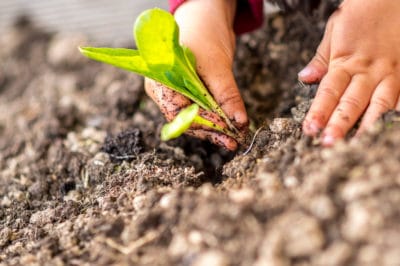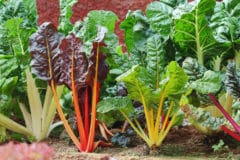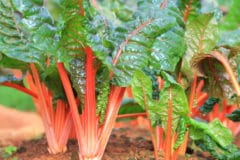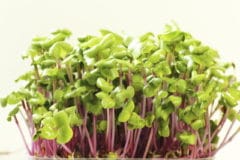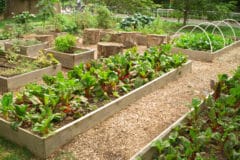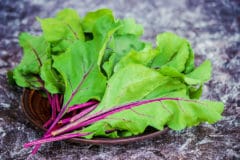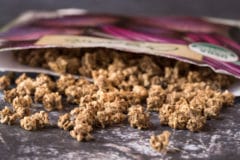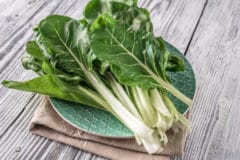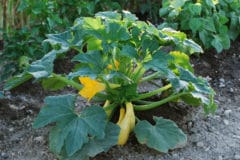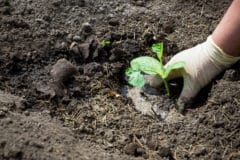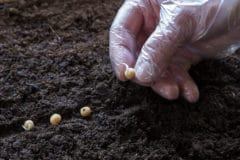Swiss Chard Basics
Chard is a leafy green plant that resembles kale and collards. It has crumpled, irregular leaves with a thick mid rib. The leaves can be used like other greens and the midrib can be used in much the way you would use celery. Chard grows well in average garden soil and has few pests, but requires ample water, especially in summer. It grows well with brassicas.
Growing Chard
Chard will grow best in deep, fertile, loose soil with a pH between 6.0 and 7.0. Amend the soil with organic compost, rotted leaf mold or aged manure. The seeds will germinate best planted ½ inch deep at temperatures between 40 to 95°F (4 to 45°C) with an optimum temperature of 85°F (29°C). Like beets, chard sends up multiple seedlings from one seed and must be thinned.
Chard Varieties
Chard is available in many varieties. Dark green and white chard is typically hardier.
- Bright Lights – 50-60 days; colorful ribs of red, bronze, yellow, pink and purple.
- Five Color Silverbeet – 50-60 days, similar to Bright Lights.
- Fordhook Giant – 50-58 days; dark green open-pollinated heirloom.
- Verte de Taglio – 50-60 days; Italian variety with a mild spinach flavor.
Planting Chard in Spring and Fall
Spring is the ideal time to grow chard, but fall also works well. You can start chard indoors five or six weeks before the last expected frost. In the garden, plant two weeks before the last expected frost date or in late summer. Succession plantings about 10 days apart ensure a regular harvest. Planting too early can increase the risk of bolting to seed.
Planting Chard in Summer
You can plant chard directly in the ground in summer if you plant one inch deep, make sure the soil is kept moist and give it some shade. Put a piece of burlap or cardboard directly over the planted seeds to keep soil cool. Remove as soon as seedlings appear. Chard planted in summer also appreciates some shade for growing plants in the heat of the day.
Planting Chard in Winter
Although you can’t plant chard when the ground is frozen, if you live in a warmer area, you can direct seed. Don’t work the soil – cover seeds with potting soil or compost. Growing chard plants will tolerate temperatures of 15 °F (-10 °C). Seedlings are more tender, however. Chard grows well in containers, which you can move into a garage or shed on bitterly cold nights.
